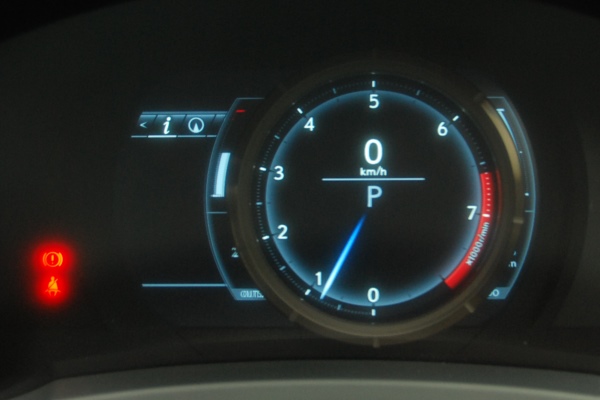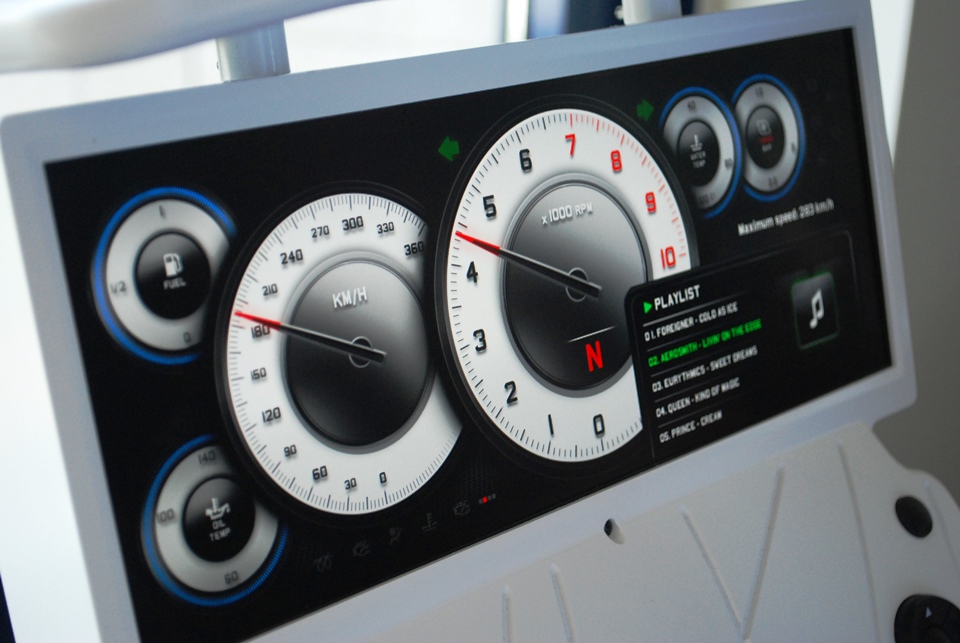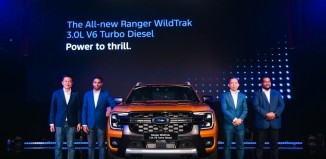Continental to showcase next-gen HMI technology at Frankfurt IAA 2013
The next generation of instrument clusters in motor vehicles will likely be one large display sitting inside the traditional binnacle. The clearest example of such an instrument panel can be found in the Lexus IS 250 F Sport we tested recently, and moving forward this allows an infinite possible combinations of instrument cluster designs to feature in future vehicles.
From a technical standpoint, this essentially means that future instrument clusters need not be constrained by any particular design limitation. Because the screen’s display is customizable and programmable, automotive designers can use that one platform and cater for both modern and conservative tastes – one can set the screen to the traditional speedometer and tachometer layout and it will work just as fine.
International automotive supplier Continental is developing a freely-programmable 12.3″ TFT display with the ability to display photorealistic 3D images. A great variety of content is possible with this new setup, and Continental claims that it is even possible to adapt the free-programmable instrument cluster to the needs and wishes of the individual driver. Style, size and color of the display can be adjusted as easily as the overall amount of information shown.
On other aspects of the vehicle’s human-machine interface (HMI), Continental is also working on the next generation touchscreen technology that can be implemented on curved surfaces. The benefits of this development are more aesthetic than practical, however, as it seeks to allow a better integration of touchscreens with the curved lines of today’s automotive interiors.
Additionally, Continental is also working on the next evolution of heads-up display which integrates Digital Micromirror Device (DMD) technology. Compared to the TFT technology used today, this technology allows for higher magnification and thus a larger image size. At the same time, with DMD technology, the HUD lays the foundation for future instruments with augmented reality (AR).
“In the AR-HUD, navigation arrows can be displayed exactly at the point on the street where the driver has to act. The driver no longer needs to take away attention from the road” says Dr. Pablo Richter, Continental expert in HUD technology.
KON

























